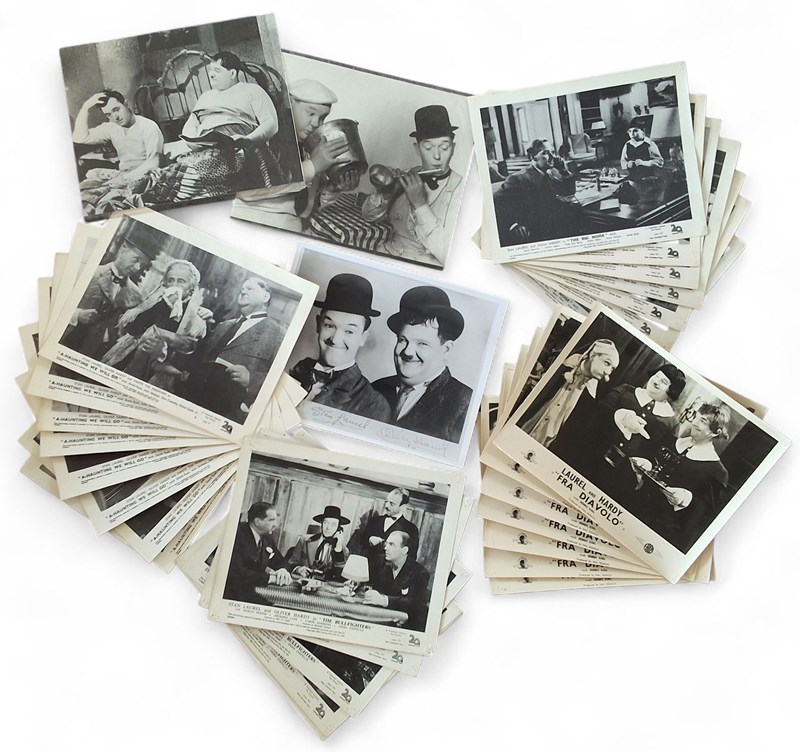Movie Memorabilia
Cinema lobby cards are a captivating relic of film history, offering a window into the golden age of movie promotion and the artistry of visual storytelling. Typically measuring 11 x 14 inches, these small posters were displayed in the lobbies of cinemas to entice audiences with tantalizing glimpses of the film’s most dramatic or alluring scenes. Though overshadowed today by digital marketing and trailers, lobby cards once played a vital role in the cinematic experience, blending graphic design, photography, and narrative suggestion into a single, collectible format.
Lobby cards emerged in the early 20th century, gaining prominence during the silent film era. Studios produced sets of cards—usually eight per film—that showcased key moments, characters, or settings. These cards were printed on heavy cardstock and often featured vivid colors, stylized typography, and studio logos. In the 1930s and 1940s, as sound films took over, lobby cards evolved to include dialogue snippets and more dynamic compositions. By the 1950s, they had become an essential part of a film’s promotional package, often accompanied by posters, press books, and stills.
What makes lobby cards so visually compelling is their blend of photography and graphic design. Unlike full-size posters, which often relied on painted artwork or stylized illustrations, lobby cards used actual stills from the film. These were carefully chosen to highlight dramatic tension, romantic intrigue, or comedic moments. Borders and titles were added to frame the image and provide context. Some cards included taglines or quotes, while others relied solely on the power of the image. The result was a miniature tableau that could spark curiosity and anticipation.
Today, lobby cards are highly sought after by collectors, historians, and cinephiles. Their value depends on factors such as rarity, condition, film popularity, and historical significance. Cards from iconic films—like Casablanca, Gone with the Wind, or Psycho—can fetch hundreds or even thousands of pounds. But beyond monetary worth, lobby cards serve as cultural artifacts. They reflect the visual language of their time, the marketing strategies of studios, and the evolving tastes of audiences. For researchers, they offer clues about costume design, set construction, and even censorship, as some cards were altered or withdrawn due to provocative content.
It’s worth distinguishing lobby cards from other promotional materials. While posters were designed for exterior display and often featured bold, eye-catching artwork, lobby cards were more intimate and narrative-driven. Press books provided behind-the-scenes information and marketing suggestions, while stills were often used for editorial purposes. Lobby cards occupied a unique middle ground: they were both promotional and artistic, ephemeral yet enduring.
Many lobby cards have survived thanks to private collectors and archives. Institutions like the British Film Institute and the Academy of Motion Picture Arts and Sciences maintain extensive collections, preserving these fragile pieces of film history. Restoration efforts often involve cleaning, flattening, and reprinting damaged cards, ensuring their legacy for future generations. In recent years, digital reproductions and exhibitions have brought lobby cards back into public view, sparking renewed interest in their charm and craftsmanship.
In essence, cinema lobby cards are more than just marketing tools—they are snapshots of cinematic history, frozen in time. They capture the mood, style, and spirit of films in a way that few other mediums can. For anyone with a passion for film, design, or cultural heritage, lobby cards offer a rich and rewarding avenue of exploration.
If you have any movie memorabilia you wish to have valued or enter into a future auction then please email us on info@ewbauctions.com or call 0114 279 6959

